-
Posts
3,134 -
Joined
-
Last visited
Content Type
Profiles
Forums
Gallery
Events
Posts posted by trippwj
-
-
Wayne,
I, too, appreciate Ed's putting together this list.
When I try to open any of the links in Chrome, I get the error message "404 Not Found". When I look at the url, I don't have any additional characters after the 5 digit ID. I hope you might be able to help, some of those titles look intriguing. Thanks.
Best,
John
Unfortunately, can't help with Chrome. I know in Firefox the extra characters show, and I suspect that they are there in Chrome as well but not showing. They are a couple of spaces after the text which appear to be included in the link. Try putting your cursor at the end of the address when you get the 404 error and then hitting back space until you get to the last number of the actual link and see if that helps.
-
-
Here are a couple of possibilities for you.
Hutchinson, William. 1791. A Treatise Founded Upon Philosophical and Rational Principles: Towards Establishing Fixed Rules, for the Best Form ... of Merchant’s Ships ... and Also the Management of Them ... by Practical Seamanship; Thomas Billinge. http://books.google.com/books?id=b00OAAAAQAAJ
Hutchinson provides a great deal of discussion concerning form and function, but not much on construction.
Steel, David. 1805. The Shipwright’s Vade-Mecum: A Clear and Familiar Introduction to the Principles and Practice of Ship-Building: Including the More Complex Rules of Arithmetic Made Use of in That Art; With So Much of the Principles of Practical Geometry and Mensuration as Are Required in the Practice Thereof. London: P. Steel. http://archive.org/details/shipwrightsvade00steegoog
Steel includes some information concerning merchant vessels in his various tables.
-
I'm interested in the USS FRANKLIN. I guess I have a biographical question. Samuel Humphreys supervised the construction of the ship-of-the-line USS Franklin, the first ship to be laid down at the Philadelphia Navy Yard, in 1815. Humphreys's father was Joshua Humphreys. And, Joshua's notebook has information on the USS FRANKLIN. So, is the son just building Dad's design?
Interesting to read of the draft comparison with the USS INDEPENDENCE...given her demise to a razee.
The notebook appears to have passed from father to son as an ongoing aide memoire. Both have entries, and based on the hand writing it appears that others served as the scribes at different times.
- mtaylor, Canute and CaptainSteve
-
 3
3
-
WOW!
Thanks to all that helped in this one!!!
Sincerily, Daniel
I will pass that along - it took some cat herding at times, but the editor put together a fantastic package!
Just found this. Thank you, Thank you, Thank you!!!
Will pass the thanks along. Glad you found it helpful!
Jokes about early manuscripts aside, there is a wonderful tutorial on the National Archives (U.K.) site that will teach you how to read different manuscript 'hands'. The examples they give you go from easy to progressively more difficult. You 'translate' these samples and then check against their transcription for feedback.
Also, if you go back far enough, official manuscripts were in Latin. There is also a great 'teach yourself Latin' course on the same web site. I highly recommend both.
Warning: the learning to read manuscript instructional course is addictive!
I have checked out the tutorial - wow! Suggested to Ro (the chief editor and phantom transcriptionist) that she investigate the Latin tutorial, but she said something about it all being Greek to her????
The main problem I once had, when trying to read old naval letters on National Archives microfilm, was that the ink would bleed through from the other side. Mailing letters was expensive back in the early 1800's, so a writer necessarily wanted to utilize both sides of that valuable piece of paper, but over the course of two centuries, it can age into an aggravating mess.
Indeed a challenge! Ro works for the most part with tiff images and is able somehow to adjust contrast and other image settings to make separate the obverse from the inverse.
- druxey, uss frolick, mtaylor and 2 others
-
 5
5
-
Hmmm...Still contemplating a new project of transcribing the papers of the war department - here is a quick snapshot of some of the information available. Any interest in such a thing?
VERY abbreviated list of some documents available.
The raw material (note that this is a nice easy page)
After transcription.
1795-3-25 TP circular to Captains_NBB19 3pgs.pdf
Here is a better example of what the raw materials look like!
-
Thank you very much! But unfortunately, most of the links do not work with me ?
Was there a problem with copy-paste in the link or is it me?
XXXDAn
There are extra spaces included in each hyperlink - when you click them, you get something which looks like this (not I have cut off the www so the full URL shows as text not a URL):
.gutenberg.org/ebooks/21389%C2%A0%C2%A0
Everything after the 21389 is superfluous - the work around I found was to click the link, then click in the address bar and backspace to remove the %C2%A0%C2%A0
So to get to Narrative of the surveying voyages of His Majesty's ships Adventure and Beagle, the actual link is http://www.gutenberg.org/ebooks/38961
(NOTE - this is Volume 1 of 3 published 1838)
-
Not sure if they are in the Humphreys Papers (search MSW for the link to download from MSB).
- mtaylor and usedtosail
-
 2
2
-
-
While I am certainly not at a definitive set of references, here are a couple which may be of some use covering 16th through early 18th century ship building (note some are contemporary, and others modern archeological or academic research).
This first discusses some of the 16th century Iberian ships.
Oertling, Thomas. 2001. “The Concept of the Atlantic Vessel.” In Proceedings. International Symposium on Archaeology of Medieval and Modern Ships, 233–40. http://www.patrimoniocultural.pt/media/uploads/trabalhosdearqueologia/18/
This next, while not concerning British shipbuilding, has some wonderful comparative photos and descriptions from less studied traditions.
Green, Jeremy. 2001. “The Archaeological Contribute to the Knowledge of the Extra-European Shipbuilding at the Time of the Medieval and Modern Iberian-Atlantic Tradition.” In Proceedings. International Symposium on Archaeology of Medieval and Modern Ships, 63–102. http://www.patrimoniocultural.pt/media/uploads/trabalhosdearqueologia/18/
For a very detailed description of Whole Moulding, Richard Barker has several publications, including the following:
Barker, Richard. 2001. “Whole-Moulding: A Preliminary Study of Early English and Other Sources.” In Shipbuilding Practice and Ship Design Methods from the Renaissance to the 18th Century: A Workshop Report, edited by H Nowacki and Matteo Valleriani, Preprint 245, 33–65. [berlin]: Max-Planck-Institut für Wissenschaftsgeschichte. https://www.mpiwg-berlin.mpg.de/Preprints/P245.PDF
Realizing that the Mary Rose is about 200 years earlier than the period of interest, I still offer you the following:
Barker, Richard, Brad Loewen, and Christopher Dobbs. 2009. “Hull Design of the Mary Rose.” In Your Noblest Shippe. Anatomy of a Tudor Warship Archaeology of the Mary Rose, edited by Peter Marsden, 2:34–65. Portsmouth: The Mary Rose Trust. https://www.academia.edu/5460055/Hull_design_of_the_Mary_Rose
Very brief, yet well researched, analysis of shell first/frame first and ship design, along with hull analysis information.
Olaberria, Juan Pablo. 2013. “Hull-Shape Design in Antiquity: How Do Archaeological Ship Remains Enhance Our Understanding of Hull-Shape Design in Antiquity?” A dissertation submitted in partial fulfilment of the degree of Master of Arts in Maritime Archaeology by taught course., University of Southampton. https://www.academia.edu/9533850/Hull_Design_in_Antiquity._Masters_Dissertation
For those seeking much more detail concerning current trends concerning the historical ship building processes:
Nowacki, H, and Matteo Valleriani, eds. 2003. Shipbuilding Practice and Ship Design Methods from the Renaissance to the 18th Century: A Workshop Report. Preprint 245. [berlin]: Max-Planck-Institut für Wissenschaftsgeschichte. https://www.mpiwg-berlin.mpg.de/Preprints/P245.PDF
Bellabarba, Sergio. 1996. “The Origins of the Ancient Methods of Designing Hulls: A Hypothesis.” The Mariner’s Mirror 82 (3): 259–68. doi:10.1080/00253359.1996.10656602
The Dartmouth is a very pertinent shipwreck -
Martin, Colin J. M. 1978. “The Dartmouth, a British Frigate Wrecked off Mull, 1690 5. The Ship.” International Journal of Nautical Archaeology 7 (1): 29–58. doi:10.1111/j.1095-9270.1978.tb01044.x
Which features in the reconstruction of a ship based on Sutherland's early 18th century treatise.
Kenchington, Trevor John. 1993. “The Structures of English Wooden Ships: William Sutherland’s Ship, circa 1710.” The Northern Mariner 3 (1): 1–43. http://www.cnrs-scrn.org/northern_mariner/vol03/tnm_3_1_1-43.pdf
Whew. Those ought to keep you occupied for a bit. Each offers a glimpse into either evolution of traditional methods or the identification of methods from field analysis of contemporary wrecks. Ultimately, when assessing the value of information (items) for understanding how things were done, there are many things which can be studied. Each type of item brings with it caveats concerning the validity of the information for drawing broader conclusions. In general, written treatises from the period are relatively reliable, if not always particularly illuminating (and clearly written). Anecdotal accounts (diaries, logs, letters &.c.) are less reliable but often can aid in ferreting out details. Contemporary models, while helpful, do not always reach the level of accuracy desired to understand how some particular aspect was accomplished, and also may not always show the accurate as built vessel. Drawn ships plans are perhaps more reliable, although rarely is the detail of deck features and arrangements included. Likewise, there is the as-designed and as-built dichotomy to consider.
Perhaps the best resource, when it can be found, is the remains of a given ship. With all the caveats concerning the changes in a ship over time (See the American Frigates Constitution and Constellation, as well as HMS Victory for obvious examples of well studied there to see ships which still spark amazing discourse over what was there in some prior century), a wreck analyzed and documented in situ allows a glimpse into how a ship was actually built which can surpass any of the other information sources for accuracy and detail, yet at the same time can leave so many questions due to the decay and loss of material.
At any rate, please let me know if any of these prove useful.
Kind Regards -
- druxey, CharlieZardoz and mtaylor
-
 3
3
-
-
What is a good book about tall ships? Not modelling books. Just want a good book on ships in general, preferably with plans and drawings.
For American, Howard Chapelle Search for speed under sail or History of American sailing ships. Both include interesting narrative history and multitudinous plans. He also has one focused on US Navy - The History of the American sailing navy.
For British focus, David Macgregor provides wonderful coverage of primarily the merchant service. See his Fast sailing ships or his Merchant Sailing ships 1775-1815 (and other as well). Crothers does well covering American clippers and packets.
Oops....you wanted but one - can't help there! Too broad a topic to address well in a single book. If pushed, I say choose Chapelle "History of American Sailing Ships".
- donfarr, Landlubber Mike and mtaylor
-
 3
3
-
Self deprecation is a well known means of easing the social interactions, especially on line fora. Sorry that does not apply here. Brian Proctor if you really must know, but no one on line calls me that.
Pshrynk works fine! Any particular ship or type and era you are interested in?
- druxey, Canute, CaptainSteve and 1 other
-
 4
4
-
Some good suggestions. Lees, regrettably, is really only about British navy. Do not have Harland. Peterson has exceptionally understandable drawings for a single ship in each book. zu Mondfeld is a very nice basic modellers guide.
Earlier ships - R. C. Anderson is very good. Marquardt has an exceptional book on 18th century rigs and rigging. Leathers provides great detail on the gaff rig.
There is, as you can see, no single best book. What time frame and which vessel determine best resource to use. -
-
The manuscript in question appears to be at the Royal Navy Museum Portsmouth, according to the Cole citation. I have not yet been able to track it down any further.
Cole, Dr Gareth. 2009. “Royal Navy Gunners in the French Revolutionary and Naploeonic Wars.” The Mariner’s Mirror 95 (3): 284–95. doi:10.1080/00253359.2009.10657104.
https://ore.exeter.ac.uk/repository/handle/10036/3762
Also see the following book by Cole where the Rivers manuscript is again mentioned somewhat prominently.
Cole, Gareth. 2012. Arming the Royal Navy, 1793-1815: The Office of Ordnance and the State. London; Brookfield, Vt.: Pickering & Chatto.
Of course, i should have clicked your links first - I would have realized you already had the link to the Mariner's Mirror article.
-
Anderson is still copyright protected with no "legal" pdf versions found. It can be purchased from Amazon and others either as a print or ereader version quite inexpensively. Also look into the original version The Rigging of Ships: in the Days of the Spritsail Topmast, 1600-1720
Could you describe the 1719 document better (or is that a time frame of interest?) I have a few that give some information around that time frame, but none specific to the 1719 Establishment (which, as I recall, just dealt with the desired principle dimensions).
- thibaultron and mtaylor
-
 2
2
-
Let me just interject a word of caution concerning the semantics of the time. It is important to keep in mind that for the period under discussion (1770 - 1840), the term "Sloop of War" had absolutely nothing to do with the rig the vessel carried. A "Sloop of War" was anything smaller than the smallest rated war ship (generally a 20 gun 6th rate). In the American nomenclature, the early definition was quite similar. The rig was immaterial - there were Brig Sloops of War, Schooner Sloops of War. During the period of interest, terminology concerning the rig was much less precise and varied regionally. Standardization would have to wait the development of the more bureaucratic navy during the mid 19th century.
- Talos, uss frolick, Canute and 3 others
-
 6
6
-
A couple of more describing setting the studding sails.
From Bushell, Charles. 1856. The Rigger’s Guide. http://archive.org/details/bub_gb_FF8BAAAAQAAJ.
Pages from 1856 The_Rigger_s_Guide_and_Seaman_s_Assistant_Bushell.pdf
Also, Martelli, Charles. 1838. The Naval Officer’s Guide for Preparing Ships for Sea ... Second Edition. Richard Bentley. https://books.google.com/books?id=0LJWAAAAcAAJ.
Pages from 1838 The_naval_officer_s_guide_for_preparing_martelli.pdf
- mtaylor, thibaultron, Canute and 1 other
-
 4
4
-
The attached from Lever (1853) and Biddlecombe (1848) may be of some use for you. Based on what I have seen, studding sails would be kept below deck in the sail locker and brought out when needed - much like many of the stay sails &c. which were only bent when needed.
Lever, Darcy. 1853. The Young Sea Officer’s Sheet Anchor; Or, A Key to the Leading of Rigging, and to Practical Seamanship (American Edition). E. & G.W. Blunt. https://books.google.com/books?id=HmJJAAAAYAAJ.
Pages from 1853 The_Young_Sea_Officer_s_Sheet_Anchor_LEVER.pdf
Biddlecombe, George. 1848. The Art of Rigging. http://books.google.com/books?id=9RkEAAAAQAAJ.
Pages from 1848 The_art_of_rigging_Biddlecombe.pdf
Also, the following from Steel, David. 1796. The Art of Rigging. David Steel. https://books.google.com/books?id=slnnnAEACAAJ&hl=en.
Pages from 1796 TheArtofRigging_Steel.pdf
Plate II from 1796 TheArtofRigging_Steel.pdf
- timboat, mtaylor, thibaultron and 1 other
-
 4
4
-
Really interesting stuff. I wonder, looking at the table, if some of the difference might be in the construction of the hulls, since the other three examples are all ships of the line. Is there a 32 or 36-gun frigate from the 19th century you might be able to compare it to? That'd be pretty close in class to the 30-gun of 1764.
I'll see what I can find. The 30 gun is actually French, Duhamel du Monceau treatise of 1754, translated and included in Mungo Murray's treatise. I need to fix that in the table!
-
See info here:http://www.awiatsea.com/Privateers/R/Rattlesnake%20Massachusetts%20Ship%20[Clark].html
Not sure the source used.
-
-
Looks good, Sjors. I am, however, going to show my apparent ignorance by asking what that is attached to the mast in the second photo...almost looks like an electrical device, but I am pretty sure that isn't true!
Merry Christmas to you & Anja!
- mtaylor, Hennie, popeye the sailor and 1 other
-
 4
4



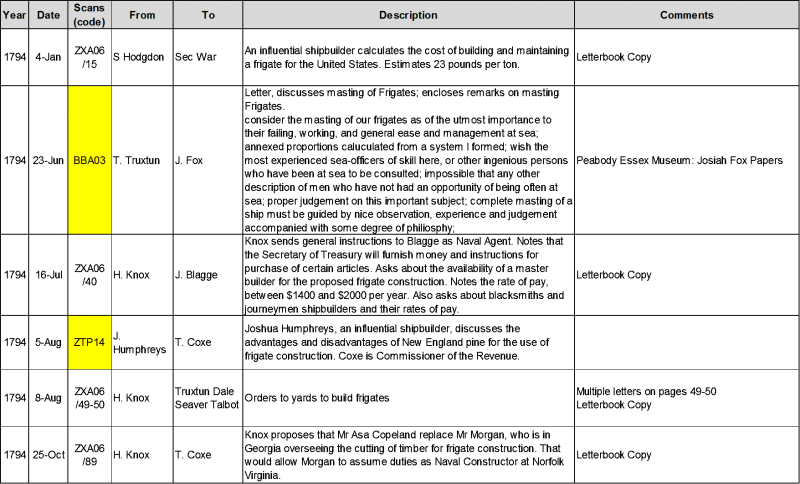
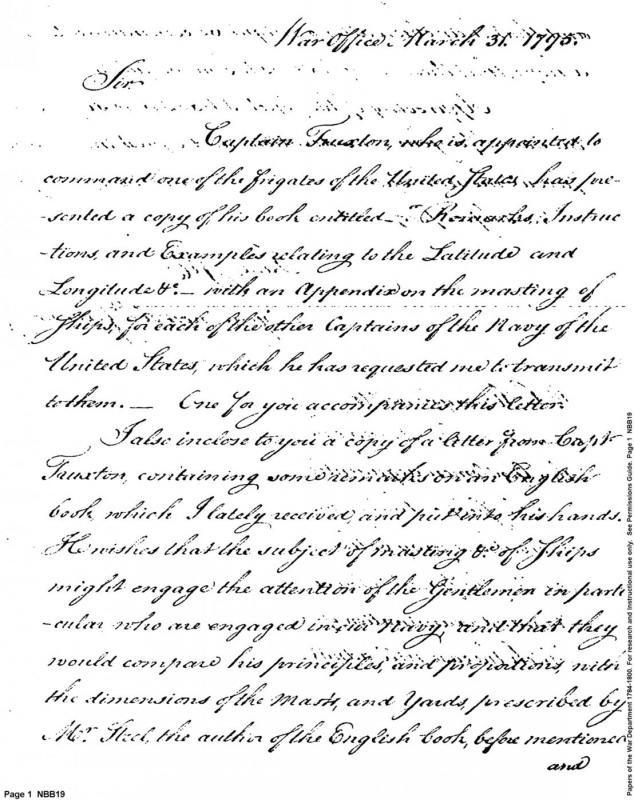
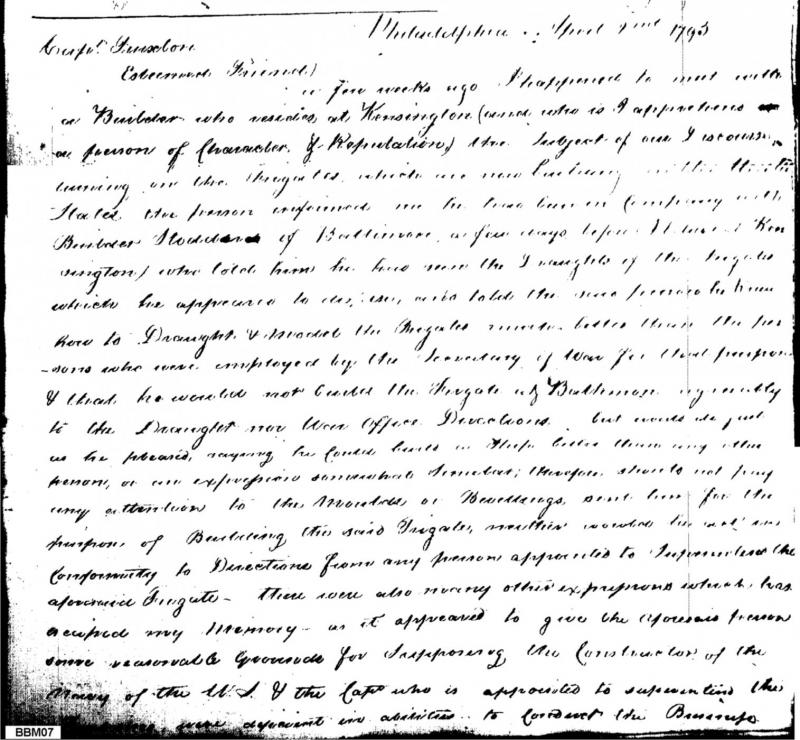
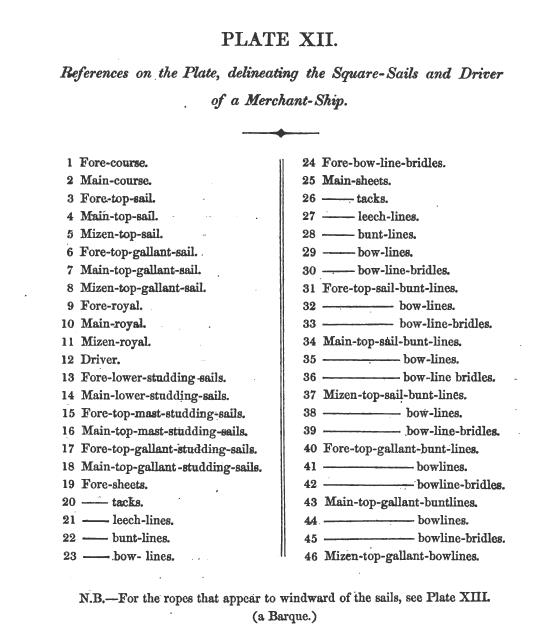
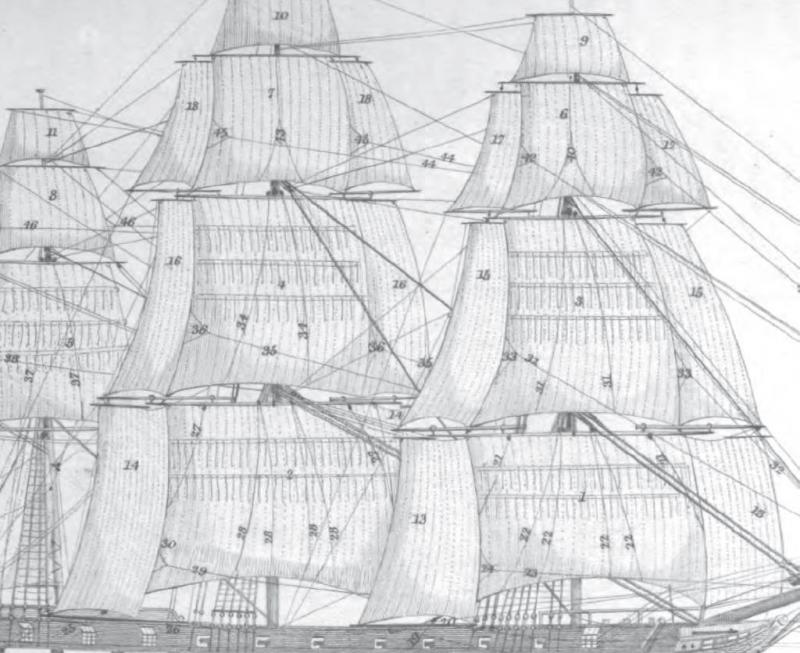
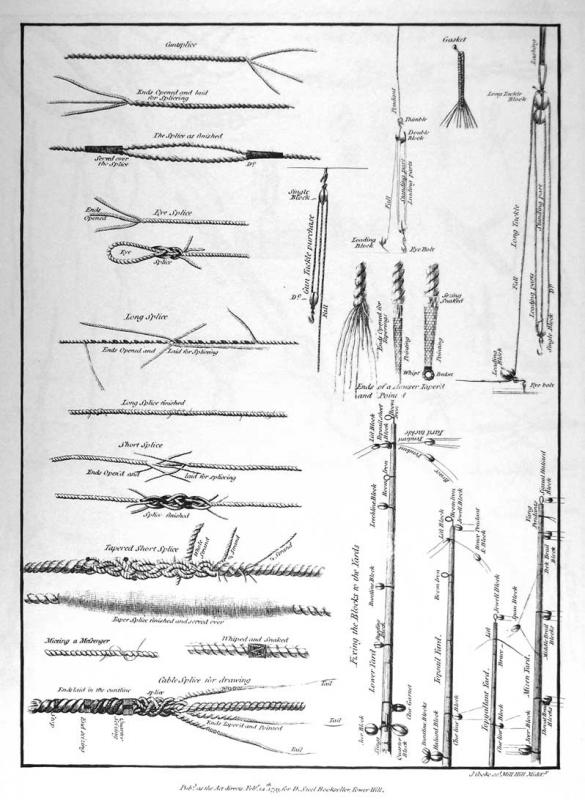
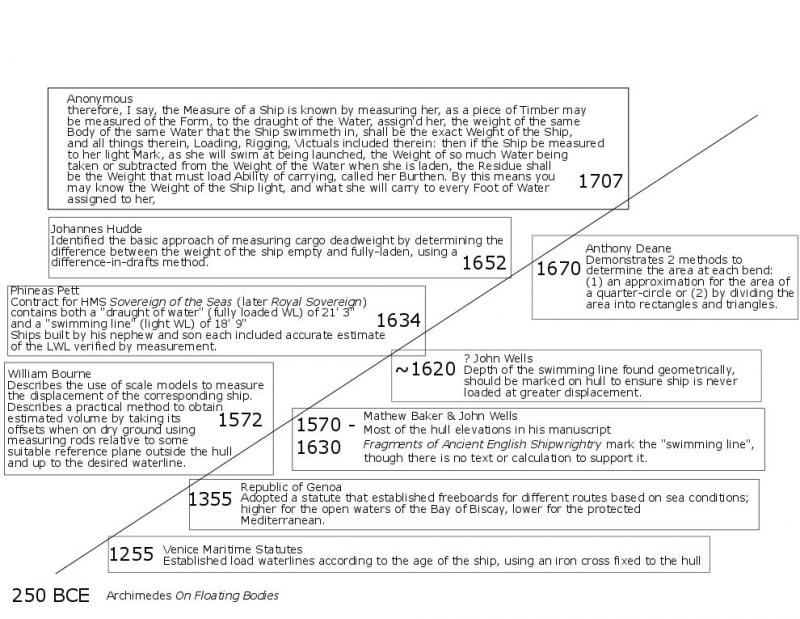
Prince de Neufchatel versus US Brig Syren
in Wood ship model kits
Posted
Either way you have a solid kit to work from. I vote for the ship less traveled, if only to show something different
Don't dismiss the kit supplied wiod too quickly. There are some who use nothing but the kit wood and turn out amazing models. Save your money for other upgrades if nedded (such as rigging line or blocks, for example).